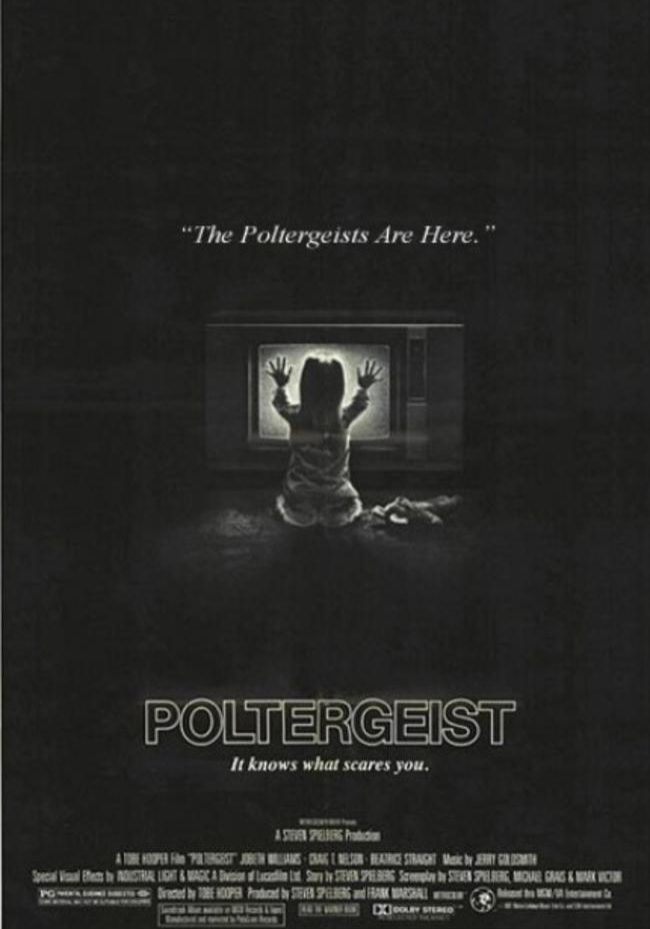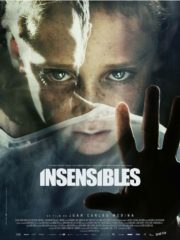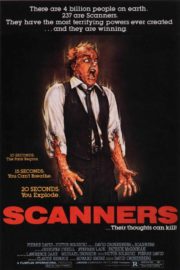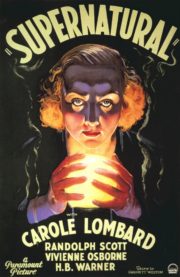“They’re heeeere…” – The Echo from Another Dimension
When the childlike, sing-song utterance from “Poltergeist,” directed by Tobe Hooper and produced by Steven Spielberg, first whispered through theaters in 1982, it struck a chord of dread that still resonates with audiences today. In the realm of paranormal horror, few films have managed to blend the mundane familiarity of a family home with the otherworldly terror that lurks beneath it as effectively as “Poltergeist.”
At its core, the film presents the story of the Freeling family whose picturesque suburban existence in an idyllic California neighborhood becomes a nightmare when their home is besieged by malevolent spirits. As their youngest daughter, Carol Anne, becomes the focus of supernatural forces, the family’s fight for her return is not just a battle against specters, but also a harrowing journey through love, loss, and the untold powers that bridge this world and the next.
Ghosts in the Machine – Crafting Fear in the Family Home
Atmosphere and Tone: “Poltergeist” dismantles the perceived safety of suburban bliss, creating an atmosphere charged with a mounting dread that escalates into full-blown terror. This is accomplished not through relentless gore or monstrous apparitions, but through an adept manipulation of the ordinary – toys, trees, and TV static – that becomes profoundly disquieting. Hooper and Spielberg capitalize on the fear of the unknown, allowing the audience’s imagination to consort with the eerie calm before the storm.
Cinematography and Visuals: The horror in “Poltergeist” is accentuated by its cinematography. The camera work is often voyeuristic, peering around corners and creeping up staircases, which cultivates a sense of imminent threat. Clever lighting casts long shadows that contort the familiar. The vibrant color palette, especially the haunting glow of the television screen, collides with dark, sinister undertones to create a visual dichotomy. Special effects, groundbreaking for their time, punctuate the narrative with shocking spectacles, yet never overpower the haunting subtlety at play.
Sound of Silence: The film’s score, crafted by Jerry Goldsmith, serves as an almost unseen character, its notes winding through scenes with a blend of childlike innocence and mounting dissonance. Sound effects are meticulously orchestrated to complement the visuals, with the hiss of static or a thunderous crash often preceding an unsettling silence – an absence of sound that magnificently heightens anticipation.
“This house is clean?” – The Human Haunting
Character’s Ordeal: In dealing with the supernatural, performances can often tip towards the melodramatic, yet the cast of “Poltergeist” manages to remain grounded and authentic. JoBeth Williams and Craig T. Nelson portray the parents with a relatable desperation and disbelief that anchor the story. Young Heather O’Rourke, as Carol Anne, carries an eerie otherworldly gravitas beyond her years. Across the board, the actors navigate the spectrum of horror with a naturalism that makes their plight all the more affecting.
Mechanics of Macabre: “Poltergeist” predominantly utilizes psychological and supernatural elements, eschewing the graphic excess of slasher flicks for the ethereal chill of hauntings. Its mechanics are subtle – an ominous presence felt rather than seen, a violence implied rather than explicit. These cerebral tactics deliver a lingering unease that stands as testament to the film’s effective employment of classic horror conventions.
Themes Beneath the Surface: As screams give way to silence, “Poltergeist” also delves into themes of consumerism, family dynamics, and the price of progress – a commentary encapsulated by the Freeling’s haunted abode.
A Poltergeist’s Legacy – Frights for the Generations
A Lasting Impression: “Poltergeist” remains a testament to the ways in which horror can transcend jump scares to affect a deeper, more enduring fear. Innovative for its time and still relevant now, the film stands as a beacon of horror that does more than frighten – it lingers, it provokes, and it haunts long after the closing credits.
A Demographic of Thrill-Seekers: The movie will appeal to those who appreciate horror that is cerebral as well as sensory – aficionados and newcomers alike. Its ability to blend the supernatural with a powerful narrative makes it accessible to a broad audience.
In the Pantheon of Terror: Situated comfortably among the likes of classic hauntings like “The Haunting” and contemporaneous offerings such as “The Conjuring,” “Poltergeist” retains its apex position, inspiring homage and reference in works spanning decades.
The Verdict: With its adroit melding of supernatural terror and familial bonds, “Poltergeist” crafts an experience that is both profoundly disturbing and eerily touching. Its strengths far outweigh its minimal weaknesses – an over-reliance on some special effects that have aged, though charmingly, over time. Those seeking a harrowing excursion into the heart of domestic horror need look no further.
(Content Warning: Although not visually explicit, the film deals with intense supernatural themes and situations that may be disturbing for some viewers.)




